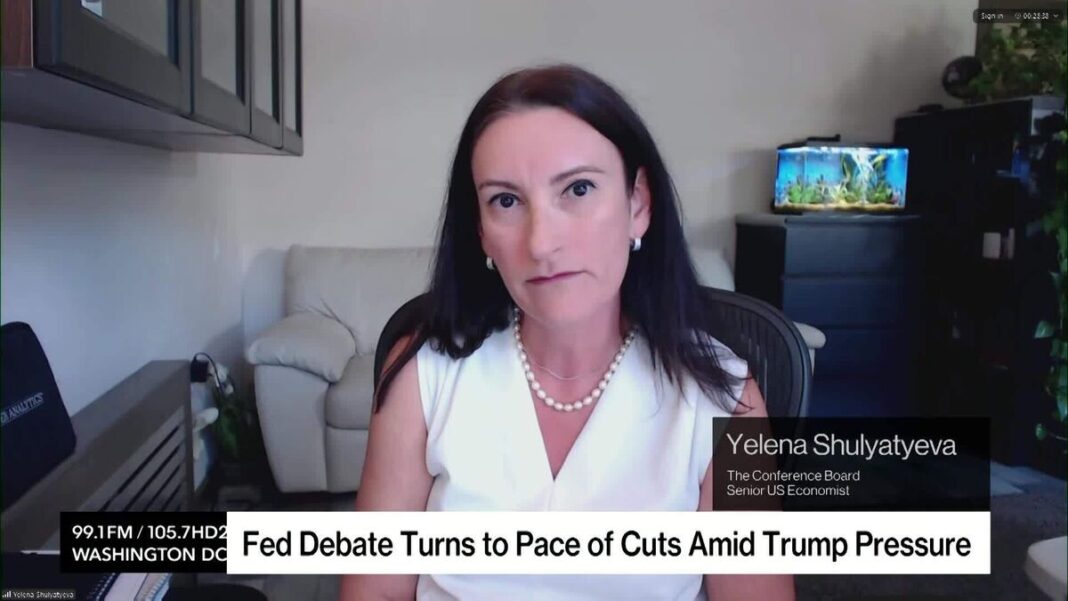Understanding the Fed Meeting: Insights from Yelena Shulyatyeva
As we approach this week’s Federal Reserve meeting, many eyes are on the economic indicators that will guide policy decisions. Yelena Shulyatyeva, a senior economist at The Conference Board, offers a comprehensive preview of what to expect and how inflation may trend in the coming months.
The Fed’s Balancing Act
At the core of the Fed’s current challenge is the need to balance economic growth with controlling inflation. Shulyatyeva notes that while the labor market remains robust, signs of cooling in consumer demand may emerge. This interplay between growth and inflation is critical, as the Fed aims to sustain employment while ensuring prices do not spiral out of control.
Current Inflation Trends
Inflation has been a hot topic over the last year, affecting everything from grocery prices to housing costs. Shulyatyeva emphasizes that recent data indicate a potential easing of inflationary pressures. The Consumer Price Index (CPI) and the Personal Consumption Expenditures (PCE) index have shown some stabilization, which could influence the Fed’s approach to interest rates.
Predictions for the Upcoming Months
Looking ahead, Shulyatyeva presents her forecasts for inflation in the months to come. She anticipates that while inflation rates may decline from their peak, they will not drop significantly below the Fed’s target of 2%. This forecast suggests a long journey toward price stabilization, requiring careful monitoring and strategic responses from the Fed.
Market Reactions and Economic Sentiment
Recent market data indicate a cautious optimism among investors. Shulyatyeva points out that stock market performances and bond yields can often act as barometers for economic sentiment. Should the Fed signal a more dovish stance regarding interest rates, there may be a corresponding uptick in market confidence. Conversely, any indication of prolonged rate hikes could dampen optimism.
Global Economic Factors at Play
Shulyatyeva also highlights the impact of global economic conditions on the U.S. inflation outlook. Supply chain disruptions, geopolitical tensions, and international commodity prices continue to play significant roles. As these factors evolve, they will undoubtedly influence domestic inflation trends and the Fed’s policy decisions.
The Importance of Communication
Effective communication from the Federal Reserve is crucial. Shulyatyeva stresses that how the Fed conveys its intentions regarding future rate hikes will shape market expectations and economic behavior. Clear guidance can help businesses and consumers make informed decisions, potentially mitigating anxiety about economic conditions.
Conclusion: An Ongoing Dialogue
This week’s Fed meeting serves as a pivotal moment for economic policy, with inflation and growth at the forefront of discussions. Shulyatyeva’s insights remind us that navigating these complex economic waters requires vigilance, adaptability, and an ongoing dialogue between policymakers and the public.
As we await the outcomes of the meeting, it’s essential for us to remain engaged and informed about how these decisions will impact our day-to-day lives and the broader economy.



